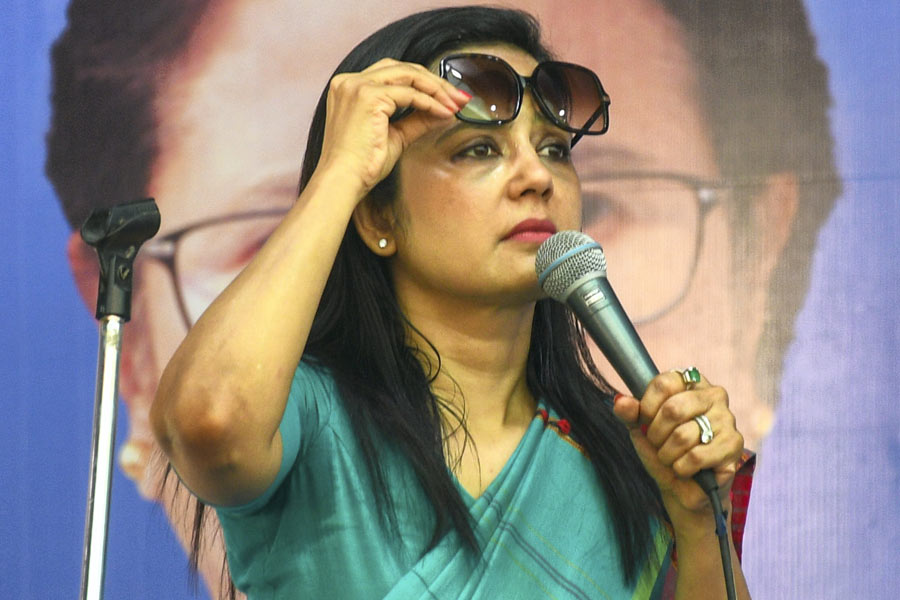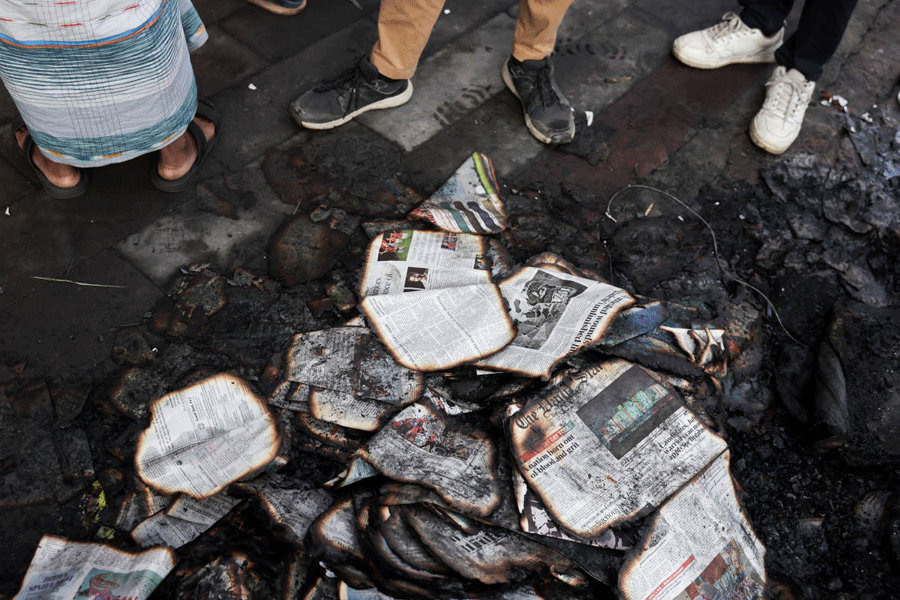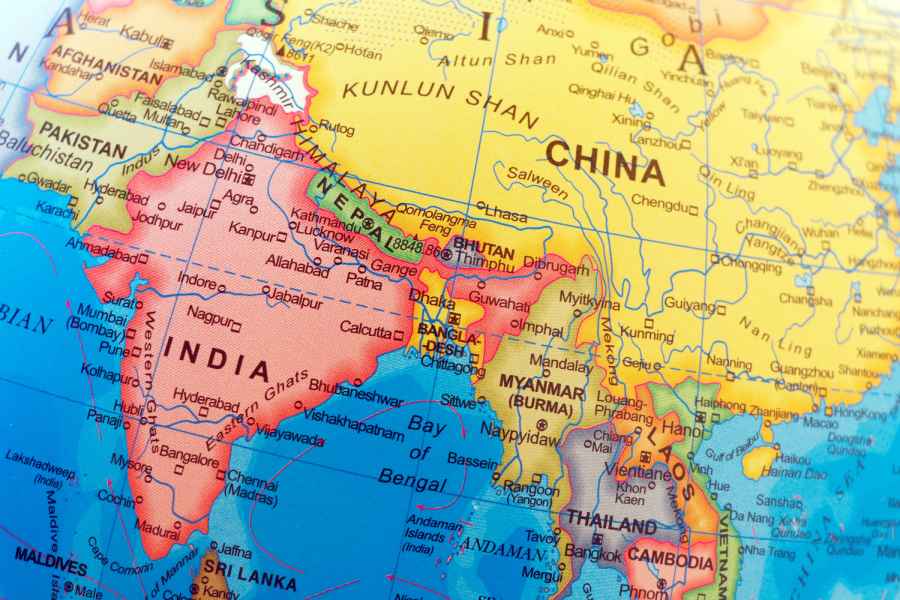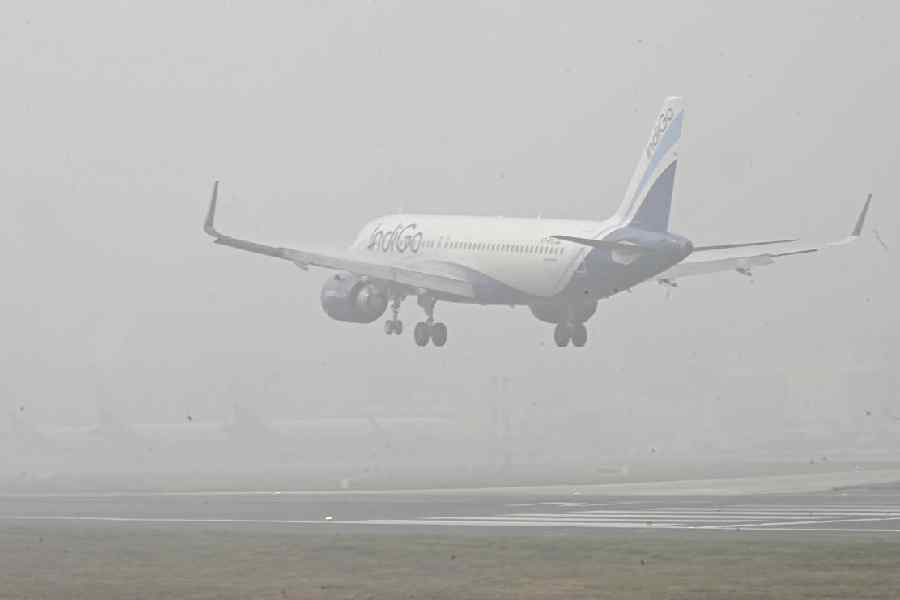 |
Boom. And before the sound ricochets off the mountains to reach the trekkers nestled behind a pile of boulders ? boom, again. An acrid smell of burnt explosives fills the cool evening air. Smoke mixes with foam spewed by the icy river that gushes wildly by, only to be tamed by a series of dikes built on the riverbed, which direct it into a giant reservoir carved out of the mountains further down the gorge. A river dies, yielding its energy to giant wheels that spin electricity out of its waters to light up the lives of thousands of citizens across the country.
Some 3,000 feet above the scene of mutilation, on the other end of a narrow, steep trail, another change quietly takes place. And while the initiative in the valley below may have had nothing to do with its onset, its role in the process is definitely catalytic. Thanks to the 15 km road that now connects the dam site to Jari, a town en route to Manikaran in the Parvati valley of Himachal Pradesh, Malana is merely eight kilometres away from urbanity’s reach today.
And the distance is rapidly shrinking. In a few years’ time, the metalled road from the reservoir will snake upstream, tempering the river as it advances, to reach the foot of the village, located on a remote plateau isolated from the rest of civilisation by several folds of formidable Himalayan foothills. And the thrill of Malana will be gone forever.
Considering that the advent of a road will considerably improve the lives of the Malanese, it is only welcome. “Be it health, education, potable water or even communication, Malana has seen a radical change in less than three years,” says I.S. Bhardwaj, a senior administrative officer at the district headquarters in Kullu. “With the opening up of the valley, the scene will only get better.”
But ironically, the intrusion will also dilute the ethnic uniqueness of the village to the extent of reducing it to just another dot on survey maps of Himachal Pradesh.
The history of Malana is fascinating. The villagers believe that they are of Greek descent and their forefathers were soldiers in King Alexander’s army who did not want to return to Greece after their tour of India circa 326 BC. Greek genes apparently united with those of migrant Rajputs to spew forth a progeny more aristocratic than any other in the region.
The Malanese have no material evidence to substantiate their claims. But they speak a language called Kanashi that bears little semblance to other local dialects spoken in the valley. Though Hinduism remains their primary religion, the community believes in certain occult traits ? a local deity called Jamlu presides over their pantheon. Until recently, Jamlu was the principal arbiter for settling disputes among villagers and announced his decisions through a tranced village oracle.
Racial snobbery, in the past, ruled supreme among the Malanese ? villagers refrained from touching outsiders for fear of “contamination”. Visitors were warned not to stray from a designated concrete path into the village quarters. Several village buildings had “Don’t touch anything” signs slapped on them and defiance cost violators a pricy Rs 1,000.
The signs still remain, but the attitude has changed. Travellers are looked upon less warily and some villagers even take time out to show them around the village. The village grocer doesn’t mind handing over items to customers ? sometime ago, he would have insisted that buyers pick up items only after he had placed them on the counter. Touch is no longer taboo, or at least not as much as it was in the past.
An occupational hazard, say the villagers, was the main reason for the winds of change that began to blow over the village about five years ago. Owing to sheer remoteness, the law ? until then ? had no presence in Malana and the villagers trusted their “parliament” to handle the village’s internal affairs. In the absence of policing, the economy of the village revolved around cannabis, a shrub that grew in abundance in the valley and produced a premium quality charas called the ‘cream’, renowned in smokers’ circles the world over.
The money that charas brought into the valley was phenomenal. But it also brought along the Narcotics Bureau, which began to conduct annual raids in the village from 2002 onwards to wipe the crop off the face of the valley. “Even three years ago, the slopes of these hills used to turn lush green with cannabis every September,” says Dayaram Thakur, a former hemp farmer, who is now building himself a house far more luxurious than traditional slate-roofed houses, from the money he piled up in the past. “Not anymore.”
It was the pulling of the charas plug that first prompted the Malanese to look beyond tradition. Several villagers went on to find work in the outside world. “I couldn’t ask people not to touch me when I went to work at apple orchards in Kullu,” says Ramkrishna, a 32-year-old farmer. “I had to earn money, after all,” he smiles.
The void that charas had left behind soon came to be filled by rural development efforts. While the rest of Himachal Pradesh was being connected through telecommunications in the 1990s, Malana had remained off the network. Two years ago, a private operator erected a tower on a distant hilltop and Malana came under cellphone coverage. The villagers were introduced to government-organised primary health camps a few years ago. The Malanese responded well ? polio vaccination is now a regularity. The dropout rates in the government primary school are still high, but more students stick on to complete their studies these days. “Parents want their children to be educated so that they can find jobs outside,” says Uttam Thakur, a teacher.
Voting still isn’t something the villagers are gung-ho about. But satellite TV is. Several houses have dish antennae installed on them ? the villagers make it a point not to miss out on soaps on Smile TV and a couple of Nepali free-to-air channels that comprise the entire satellite bouquet for them. Of course, Generation Next wants its MTV, and young men seem to prefer T-shirts eulogising Kurt Cobain to traditional clothing. Bidis are out, cigarettes are in. And Mirinda seems to be the definitive teen drink.
Professional migration has also brought with it its own kind of racial dilution. Many ‘pure-blooded’ Malanese youth now prefer marrying outside their community ? 26-year-old Moti Kardar’s wife comes from nearby Kasol. Moti’s uncle, Budhram, is the current pradhan-cum-oracle of the village, but his workload has been considerably lightened of late. Complicated cases are now directly referred by the villagers to the Kullu police.
Two video parlours, to top it all, have opened up in the village. The movies are a bit stale but villagers are waiting for the day they will be able to hitch a ride on a passing vehicle to go shopping or for movies in Kullu. “Then we can get to see films as soon as they are released,” hopes 25-year-old Deepak, who clandestinely sells charas out of a tiffin box to Israeli backpackers at guest houses.
Evening descends on the hills, the blasting stops in the valley below and silence prevails. Trekkers descending from Malana in the morning reach the valley below to find the course of the river altered overnight by bulldozers. You never cross the same stream twice, goes an ancient Hebrew saying. In the Malanese context, it couldn’t be truer.











